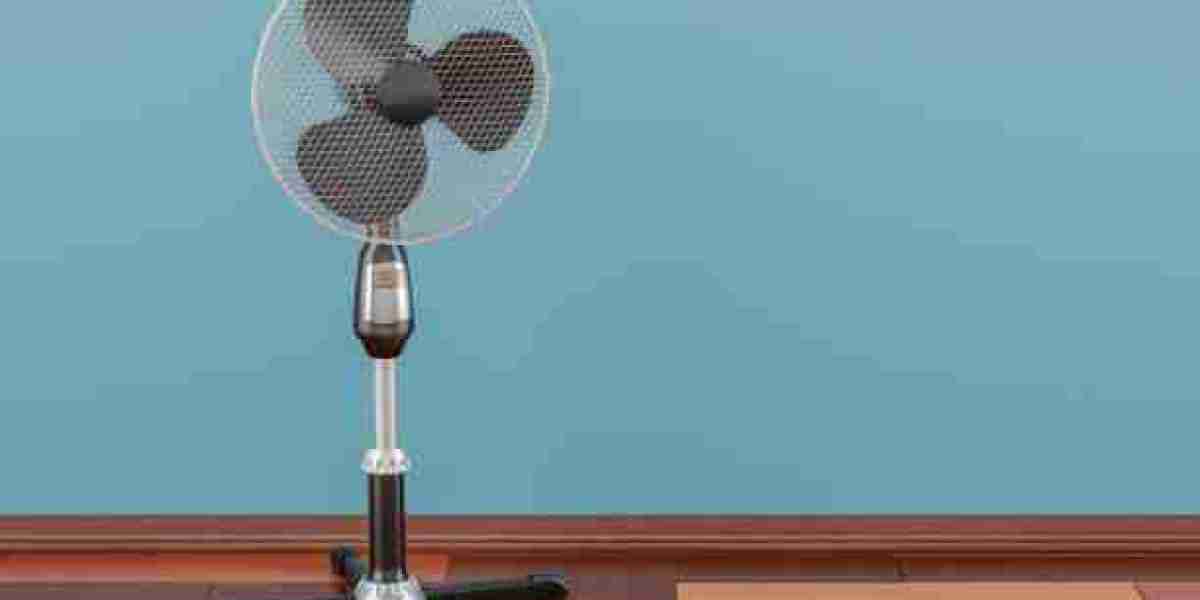In today's world, where comfort and convenience are paramount, a well-functioning tower fan has become an essential household appliance. With their sleek design and efficient cooling capabilities, tower fans offer a practical and stylish solution to beat the heat. Whether you're looking to cool down your living room, bedroom, or office space, a good tower fan can make a significant difference in your comfort level.
However, with so many options available in the market, choosing the right tower fan can be a daunting task. Factors such as size, airflow, noise level, features, and energy efficiency all play a crucial role in determining the perfect fit for your needs. In this blog post, we'll guide you through the process of selecting the ideal tower fan for your space, ensuring you make an informed decision that enhances your comfort and satisfaction.
Size and Room Dimensions
When selecting a tower fan, consider the size of the room and the height of your space. Measure the height to ensure the fan will fit comfortably without obstructing your view. Larger rooms may require a more powerful fan with multiple speed settings.
Additionally, consider the overall layout of your room. A long, narrow room might benefit from a fan with a wider oscillation range, while a more open space might require a fan with a higher airflow speed. Think about any potential obstructions, such as furniture or doorways, that could affect the fan's performance.
Airflow and Coverage
Look for fans that offer oscillation to distribute cool air evenly throughout the room. Check the number of speed settings available. Higher speed settings are ideal for quickly cooling down a space.
The fan's airflow should be strong enough to reach all corners of the room without creating uncomfortable drafts. Consider the fan's height and the distance it needs to cover to ensure adequate airflow. If you have high ceilings, you might need a fan with a taller design or a wider oscillation angle.
Noise Level
A low decibel rating is important for quiet operation, especially in bedrooms or study areas.
Noise levels can vary depending on the fan's motor, fan blades, and overall design. Look for fans with features like noise-reducing technology or quiet motors. Consider the time of day and the activities you'll be doing in the room when choosing a fan. A quiet fan is essential for relaxation or sleep.
Features and Controls
A remote control can provide convenient operation from a distance. A timer function allows you to set the fan to turn off automatically after a specific period. Some fans may offer additional features like built-in humidifiers or air purifiers.
Consider the features that are most important to you. If you're looking for a simple and straightforward fan, a basic model with a remote control might be sufficient. If you need additional features like a timer or air purification, look for a fan that offers those options.
Energy Efficiency
Look for fans with an Energy Star rating to ensure energy-efficient operation.
Energy-efficient fans use less energy without compromising performance. This can help you save money on your electricity bill. Look for fans with features like energy-saving modes or variable speed settings. Consider the fan's overall efficiency rating to compare different models.
Popular Tower Fan Types
Basic tower fans offer essential features like oscillation and multiple speed settings. Remote control tower fans come with a remote control for convenient operation. Quiet tower fans have lower decibel levels. Multi-functional tower fans offer additional features like air purification or humidification.
Choose a fan type that suits your needs and preferences. If you're looking for a simple and affordable option, a basic tower fan might be the best choice. If you need additional features like a remote control or quiet operation, consider a more advanced model.
Tips for Optimal Performance
Place the tower fan in an open area to allow for maximum airflow. Avoid placing it near obstructions like curtains or furniture. Regularly clean the fan's grille and blades to prevent dust buildup and ensure optimal performance. For larger spaces or extreme heat, consider using a combination of tower fans and air conditioning.
Proper placement is essential for optimal performance. Avoid placing the fan near walls or corners, as this can restrict airflow. Clean the fan regularly to prevent dust buildup and maintain efficiency. For larger spaces or extreme heat, consider using multiple fans or combining them with air conditioning for more effective cooling.
Conclusion
Choosing the perfect tower fan for your space requires careful consideration of several factors, including size, airflow, noise level, features, and energy efficiency. By understanding these key elements and assessing your specific needs, you can make an informed decision that enhances your comfort and satisfaction.
Ultimately, the best tower fan for you is the one that effectively cools your space, operates quietly, and fits seamlessly into your lifestyle. By following the guidelines outlined in this blog, you can confidently select a tower fan that provides optimal performance and contributes to a more comfortable and enjoyable environment.













